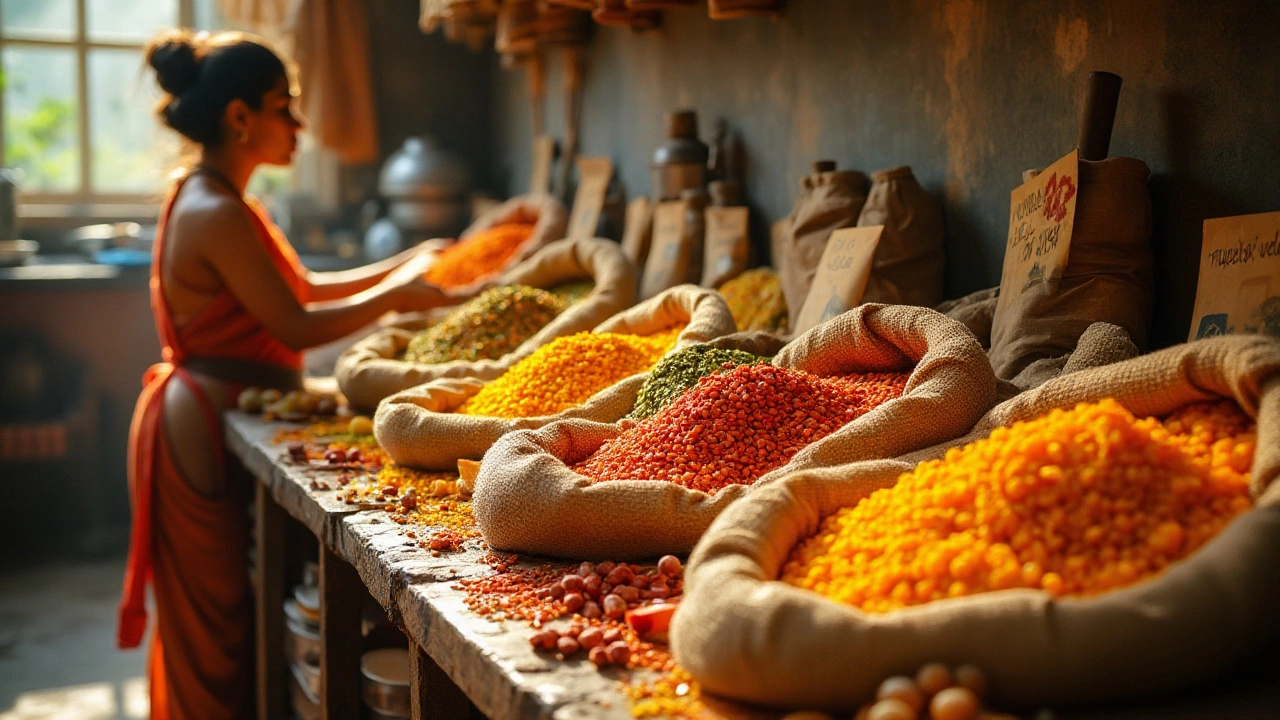Things to Avoid in Indian Cooking and Eating
Love the bold flavors of Indian food but not sure where you might be going wrong? A few simple changes can keep your meals tasty and healthier. Below are the top habits most home cooks slip into and how to fix them right away.
Skip Over‑Spicing and Unbalanced Heat
It’s easy to think more chili means more flavor, but piling on heat can mask the subtle notes of cumin, coriander, or fennel. If a dish burns your tongue, reduce the amount of fresh chilies or powdered red pepper by half and add a splash of yogurt or coconut milk. Those creamy ingredients cool the palate while still letting the spices shine.
Another common mistake is tossing whole spices into a pan and forgetting them. Whole mustard seeds, cumin, or fenugreek can turn bitter if they sit too long in hot oil. Listen for a gentle pop, then add your onions or tomatoes immediately. This quick timing keeps the spice aroma fresh instead of bitter.
Avoid Unhealthy Fats and Processed Add‑Ons
Traditional recipes often call for ghee or oil, which is fine in moderation. The problem starts when you use too much or replace fresh oil with pre‑made pastes loaded with hidden trans fats. Measure the oil – a teaspoon per serving is usually enough – and use a non‑stick pan to cut down on the need for extra fat.
Processed ingredients like canned tomatoes, store‑bought sauces, or ready‑made spice mixes can contain excess salt, sugar, and preservatives. Whenever possible, crush fresh tomatoes, grind your own spice blend, and season with sea salt at the end of cooking. This gives you control over sodium and sugar levels.
Don’t forget the hidden sugar in sweet dishes. Many Indian sweets rely on lots of refined sugar. Swap a portion of it with jaggery or a dash of honey for a lower glycemic impact. For desserts like gulab jamun, try baking instead of deep‑frying to cut calories without losing the syrupy goodness.
Watch Out for Food Safety Risks
One overlooked area is chutney storage. Homemade chutney can go bad fast if left at room temperature. Keep it in a clean jar, cover tightly, and refrigerate within two hours of preparation. Use it within a week to avoid spoilage.
Another risk is using old oil for deep frying. Reusing oil creates harmful compounds that can affect your heart. Drain oil after each use, filter out debris, and replace it after a few cycles.
Final Quick Checklist
- Measure spices; don’t over‑heat whole spices.
- Limit oil, ghee, and use non‑stick cookware.
- Choose fresh tomatoes, grind spices at home.
- Swap refined sugar with jaggery or honey.
- Store chutney and other perishables in the fridge, use within a week.
- Refresh frying oil regularly; don’t reuse too many times.
By dodging these common pitfalls, you’ll enjoy the real depth of Indian flavors without the health downsides. Keep these tips in mind next time you stir a pot, and your meals will be both delicious and smarter for your body.
Dal Varieties You Might Want to Skip in Your Recipes
Dal is a staple in many cuisines, offering a nutritious and hearty option for meals. However, not all dal varieties are created equal, and some might be best avoided in your everyday cooking due to their potential health impacts or cooking complexities. This article delves into the different types of dal that might not be suitable for regular consumption and provides tips on how to select the right dal for your recipes. Discover how factors such as cooking time, taste, and dietary considerations can influence your choice.
